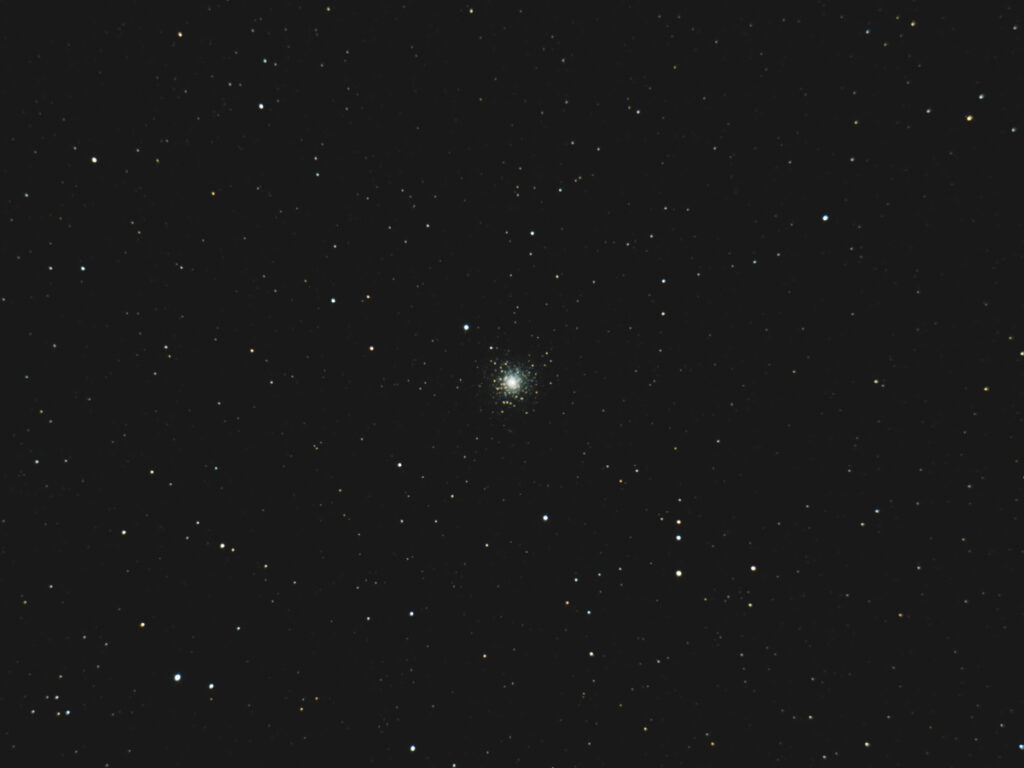
Telescope: Meade SN10 at f/4, Orion Atlas EQ-G
Camera: QHY 268c, Mode 0, Gain 30, Offset 30, 0C
Filter: GSO IR Blocking Filter
Guide scope: Williams Optics 50mm, ASI290MM mini, PHD
Exposure: 33x180sec, saved as FITS
Darks: 32×180 sec
Flats: 64×0.1 sec, tee shirt flats taken at dusk
Average Light Pollution: Red zone, poor transparency, low ltitude
Lensed Sky Quality Meter: 18.2 mag/arc-sec^2
Stacking: Mean with a 1-sigma clip.
White Balance: Nebulosity Automatic
Software: SharpCap Pro, Nebulosity, Deep Sky Stacker, Photoshop
M80 is a bright, condensed globular cluster in Scorpius. Containing several hundred thousand stars, it is one of the most densely populated globulars. It is approximately 95 light years across, and 32,600 light years away, about four time farther away than nearby M4.
M80 is currently low in the southeast as the sky darkens.
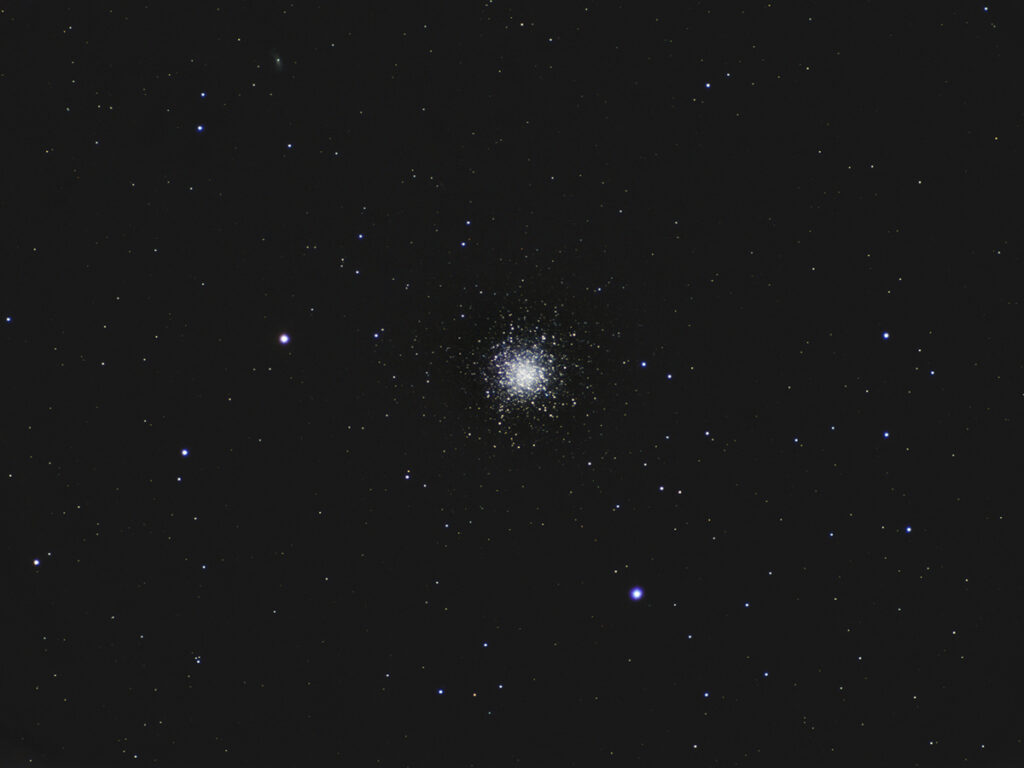
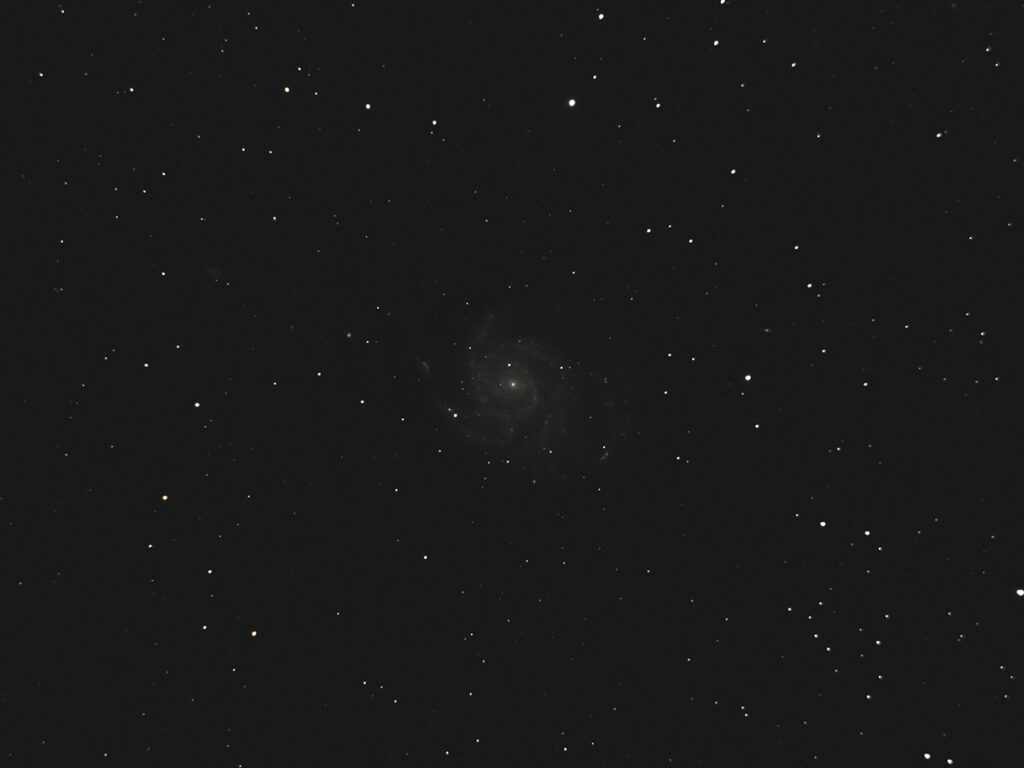
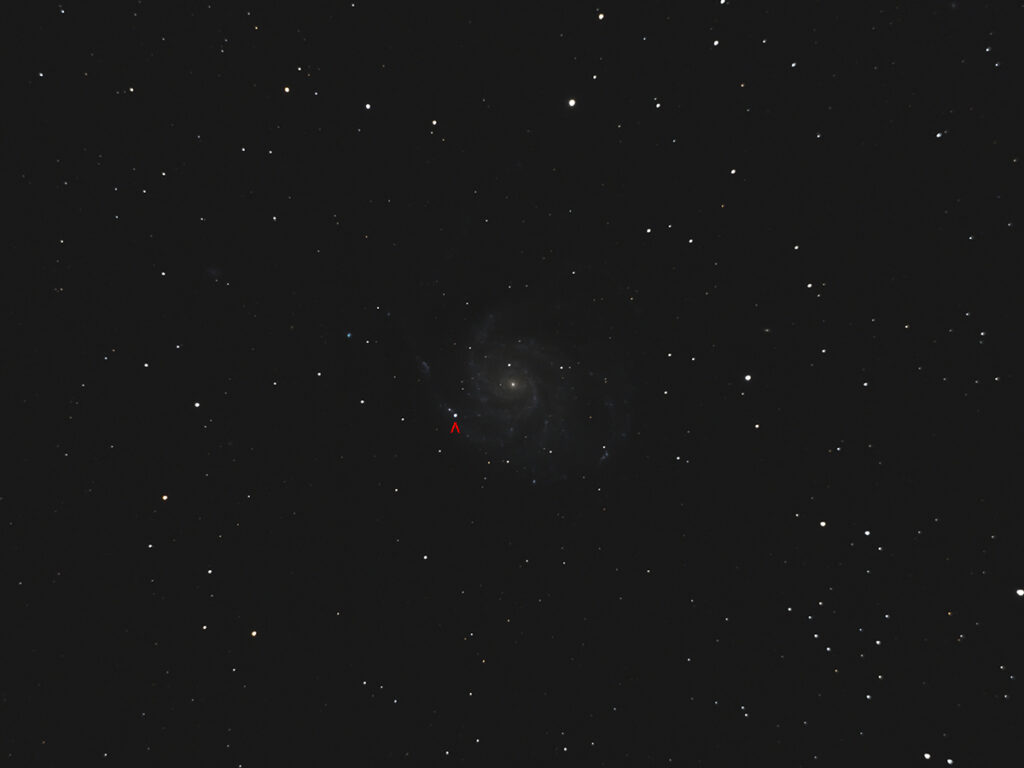

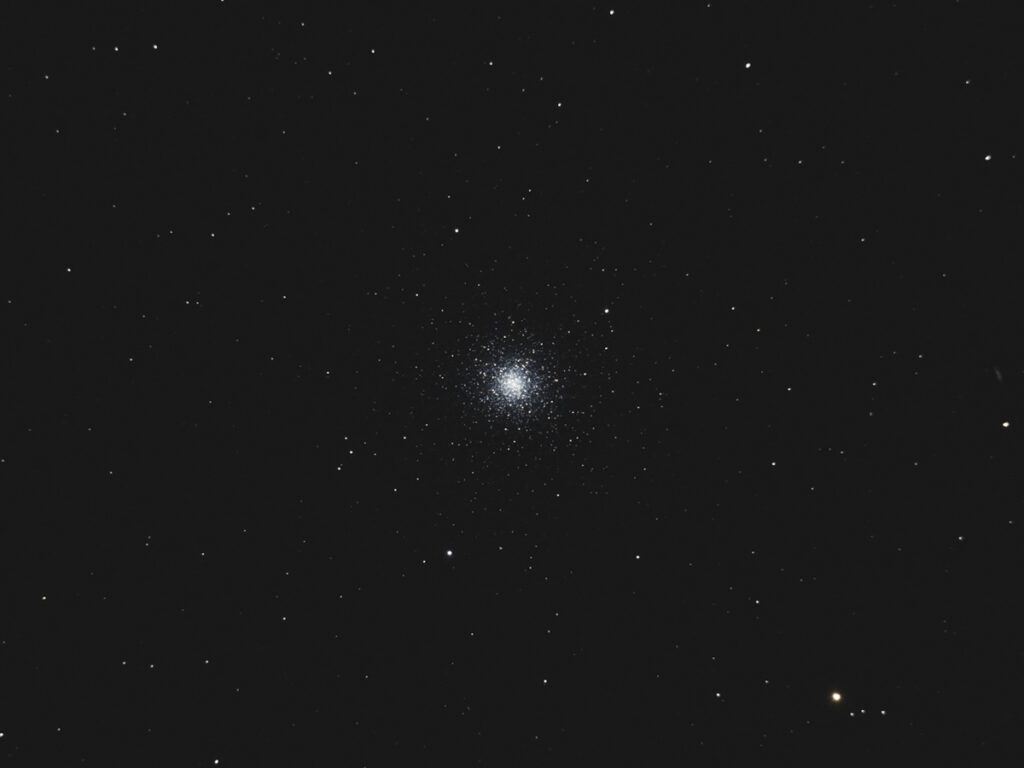

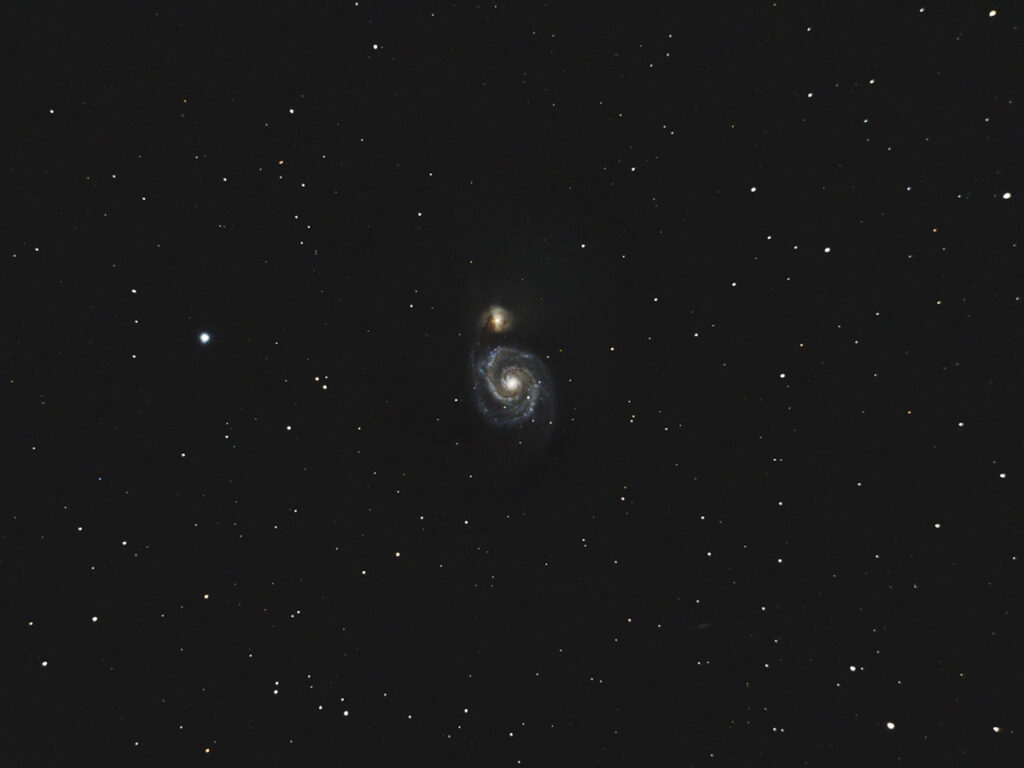
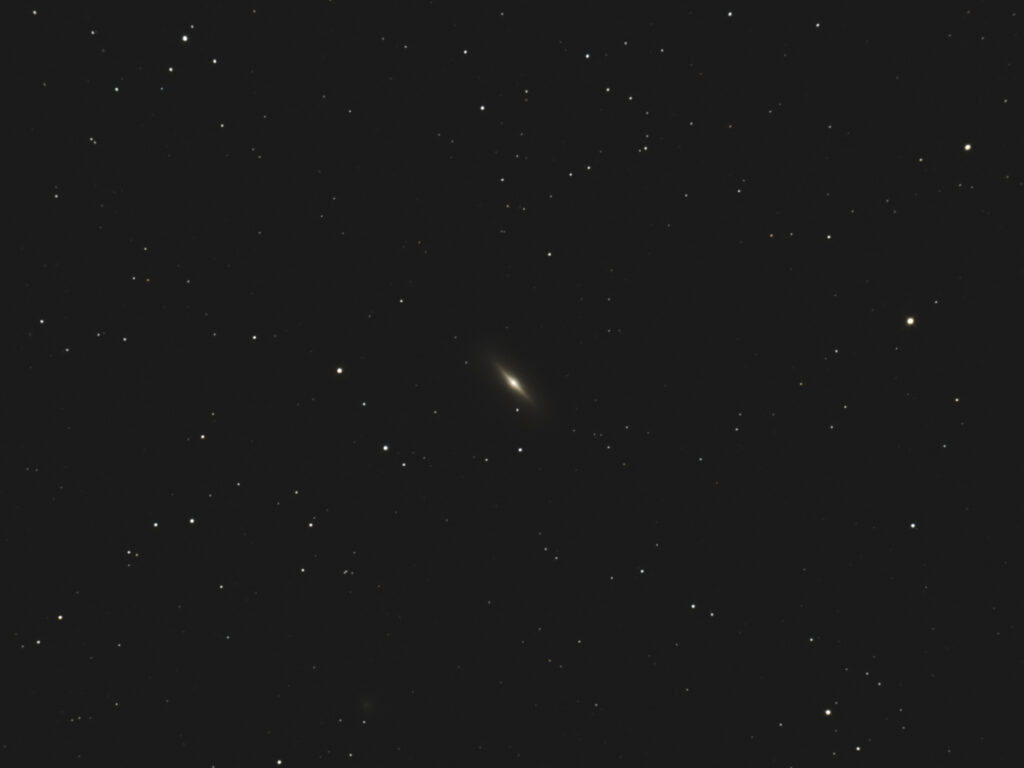
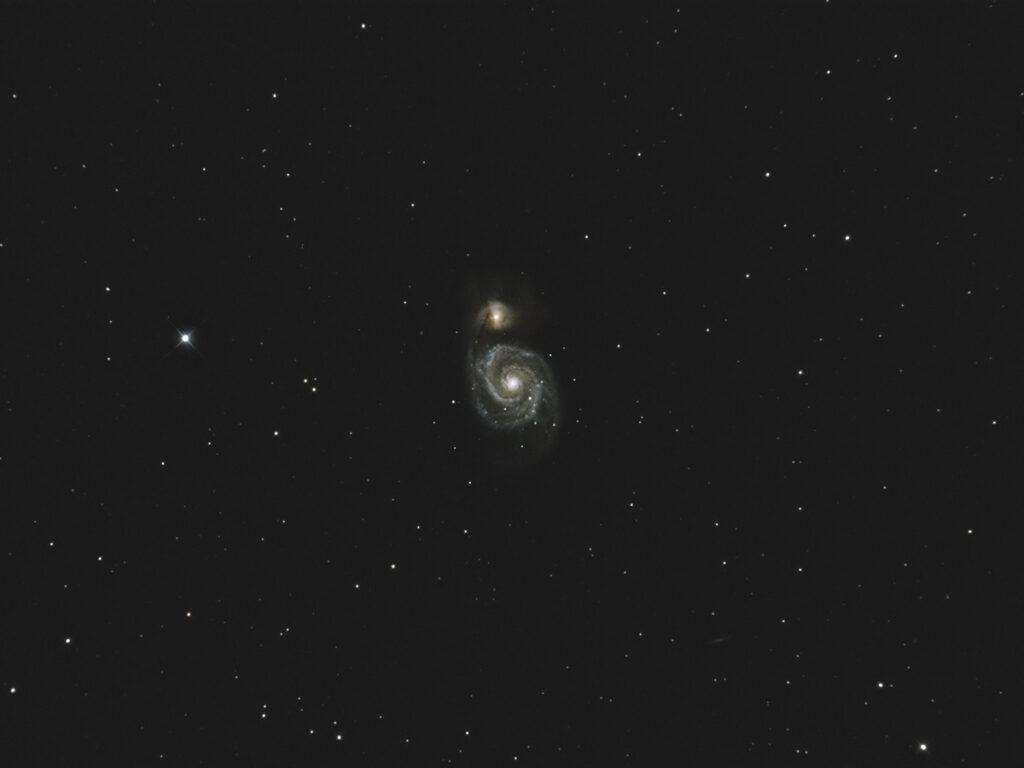
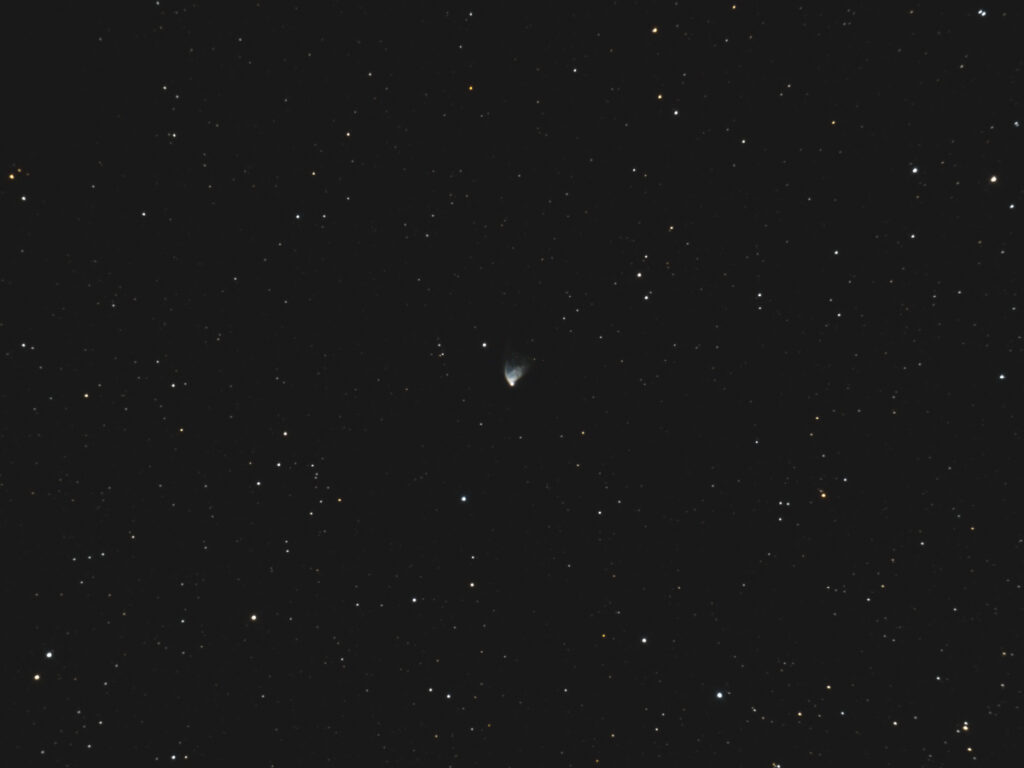

Recent Comments